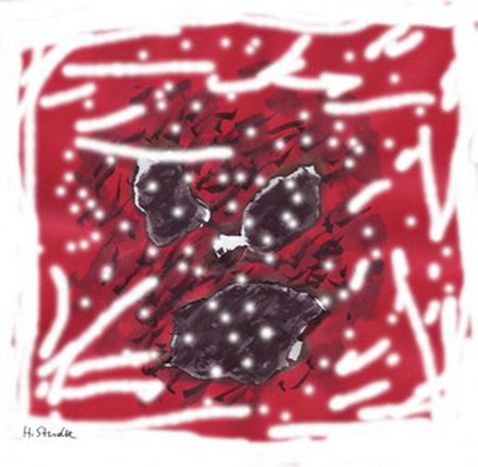
Amok
Published on
Translation by:
 claire hooper
claire hooper
Some actions defy description, such as those of Cho Seung-hui, the 23 year old South Korean student who, seemingly without motivation, shot dead 32 people at the Virginia Polytechnic Institute and State University (Virginia Tech) in Blacksburg, Virginia, on 16 April. And how can one find words to describe the actions of 19 year old Robert Steinhäuser at the Gutenberg-Gymnasium in Erfurt on 22 April 2002? That day he cold-bloodedly killed 13 teachers, 2 students and a policeman.
Few languages possess a suitable expression to refer to the meaningless murder of these innocent victims. And how can one explain how these young people suddenly turned into monsters? In most European countries we describe such murders as massacres. The word comes from the Old High German meitzan (‘to shoot down'). This passed through vulgar Latin as mazacrium into old French, where the word massacre described the slaughterhouse.
Only English and German have a specific word to describe this type of incident. They talk of running amok or Amoklauf. The word comes from the Malay mengamuk, which means mad with rage. It originally described a military phenomenon observed among the warrior caste in Malaysia, southern India and Indonesia. It was an assault carried out by bloodthirsty soldiers. The origin of these two terms highlights their inadequacy to describe the absurd carnage committed by Cho Seung-hui or Robert Steinhäuser. Perhaps the only reason they exist is to reassure us in the face of this kind of crime, since we never manage to name or describe what terrifies us the most.
Translated from Amok


